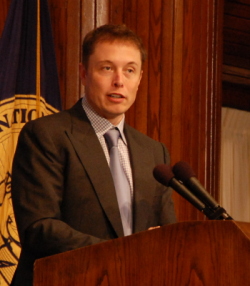Orbital Sciences has announced its revised schedule for the initial Taurus 2 and Cygnus flights.
Orbital will conduct a test of the Taurus 2’s first stage on the launch pad in late January [2012], and the inaugural Taurus 2 flight in late February or early March. This will be followed, in early May, by a Taurus 2 flight carrying the Cygnus station cargo vehicle, a flight during which Cygnus is expected to demonstrate its ability to berth with the station. The first operational space station cargo-delivery mission for Taurus 2 and Cygnus will occur in late August or early September under this revised schedule, Orbital officials said.
Based on conversations I’ve had with people at Orbital, this delay was expected, and is a good thing. The company was under incredible time pressure to get ready for a December launch. Given that this will be the first test flight of Taurus 2, and it must work for the Cygnus cargo flights to follow, better they give themselves some working room to get it right.

